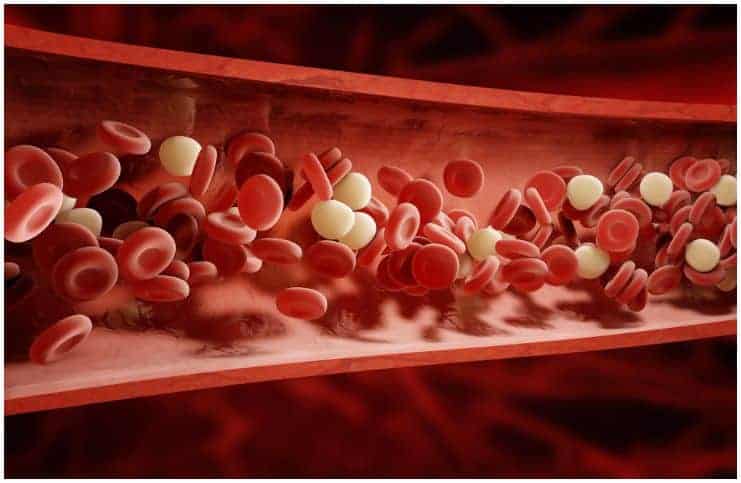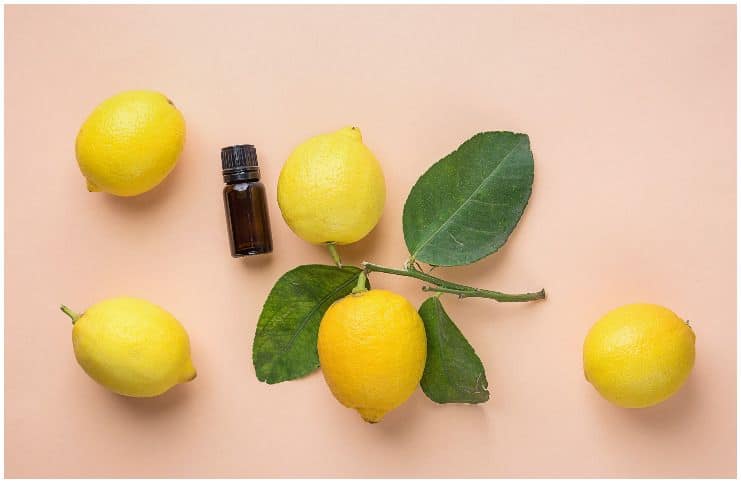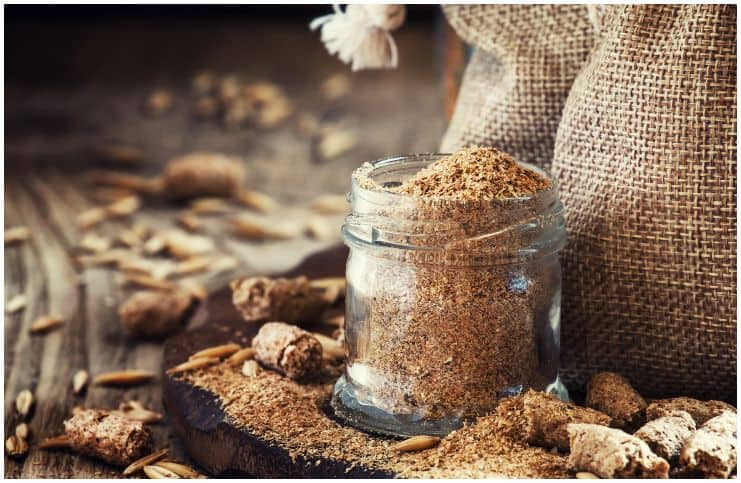Iron is an essential dietary mineral that is vital for providing energy for daily life. It is involved in the production of hemoglobin in red blood cells making it possible for our red blood cells to properly carry oxygen throughout our bodies.
Furthermore, this mineral reduces hair dullness and improves texture by increasing the flow of nutrients and oxygen to the scalp and hair roots.
1/3 of this mineral in our bodies is found in myoglobin, an important protein that provides oxygen to muscle tissues, as well as in proteins that can store this mineral for future needs. The rest 2/3 of this mineral in our bodies is found in hemoglobin.
Symptoms of Iron Deficiency
Iron deficiency is the main cause of anemia and the most common nutritional deficiency worldwide, affecting women, especially pregnant women, and children.
This type of anemia commonly develops over time as your body taps into the iron it has stored, then ultimately runs out. Symptoms include:
- dark circles;
- depression;
- weakness;
- mouth soreness;
- loss of libido;
- pale skin and lips/eyelids;
- the coldness of extremities;
- dizziness;
- brittle nails;
- cessation of menstruation.
Causes include:
- small intestinal disorders, such as Crohn’s disease, celiac disease, stomach infection, or intestinal parasites.
- blood loss (due to some cancers, ulcers, or in women, during monthly periods).
- many compounds can lower the amount of non-heme absorption, such as – dairy products, tannins in tea, or coffee, eggs, and chocolate.
Vitamin C
Vitamin C (found in vegetables, legumes, seeds, nuts, and fruits) increases non-heme iron absorption. This is the reason healthcare specialists usually suggest consuming iron-rich foods with orange juice or other foods high in vitamin C.
Check out this list of top breakfast cereals that are high in iron:
#1 Teff – 7,9mg/100g (95%DV)
It is a small, gluten-free grain that contains eight different amino acids, including a slightly rare one named lysine (essential for tissue repair and growth). Teff also offers dietary fiber, calcium, antioxidants, and protein.
#2 Quinoa – 4,6mg/100 (57%DV)
It is among the least allergenic of all the grains, making it a remarkable wheat-free choice. Furthermore, quinoa is high in protein and is one of the few plant foods which has all 9 essential amino acids.
#3 Spelt – 4,4mg/100g (56%DV)
It is a versatile and very functional distant cousin of wheat and it is considered that this cereal was first consumed between 7,000 and 8,000 years ago. In addition, spelt is packed with important nutrients which many other plant foods do not contain. Also, it can be used in place of common wheat in most recipes and has a higher in protein than common wheat.
#4 Oatmeal – 4,3mg/100g (53%DV)
Oat (botanical name – Avena sativa) is a cereal frequently consumed in the form of rolled oats or oatmeal. It’s a gluten-free super whole grain and a great source of important minerals, vitamins, antioxidants, and dietary fiber.
Moreover, similar to other grains, it contains plant lignans, a group of chemicals that improves cardiovascular health.
#5 Kamut – 3.8mg/100g (47%DV)
Kamut, better known as Khorasan wheat, is a grain derived from an ancient Egyptian type of wheat. Khorasan wheat is rich in magnesium, zinc, and selenium as well as many essential fatty acids and polyphenols.
#6 Wheat – 3,6mg/100 (45%DV)
It is one of the world’s most frequently eaten cereal grains. It is a storehouse of magnesium, an essential mineral that acts as a co-factor for at least 300 vital enzymes.
Wheat has a ton of health benefits, including:
- preventing heart attacks;
- controlling obesity;
- relieving postmenopausal symptoms;
- protecting the body from coronary diseases;
- preventing type 2 diabetes;
- preventing childhood asthma;
- promoting gastrointestinal health in women;
- preventing breast cancer;
- preventing gallstones;
- reducing chronic inflammation.
#7 Sorghum – 3,4mg/100g (42%DV)
Sorghum (botanical name – Sorghum bicolor) is a tasty and nutritious grain that frequently gets overlooked in many Western countries.
Due to the fact that is gluten-free, this grain offers a good alternative to wheat for people following a gluten-free diet.
#8 Millet – 3mg/100g (38%DV)
If you want to protect your heart, millet is one of the best possible grains to add to your diet.
In addition, it is considered to be one of the most non-allergenic and digestible grains available, as well as a good source of B-complex vitamins, which help in enzyme activity, energy metabolism, red blood cell production, and nervous system regulation.
#9 Rye – 2,6mg/100 (33%DV)
It is commonly considered a superior grain to barley or wheat in terms of weight loss efforts. Furthermore, rye has been proven in studies to lower LDL plasma cholesterol and to improve insulin sensitivity.
#10 Triticale – 2,6mg/100 (32%DV)
It is a cereal hybrid with amazing content of minerals and vitamins, many of which play an essential role in cardiovascular health and the production of bone tissue.
#11 Barley – 2,5mg/100 (31%DV)
It is a major cereal grain that provides a range of important minerals (such as – chromium, calcium, phosphorus, copper, magnesium, and selenium), vitamins (especially B-complex), essential amino acids, and fiber.
#12 Buckwheat – 2,2 mg/100g (28% DV)
Buckwheat, a nutrient-packed, gluten-free seed, is abundantly eaten in Asian countries for centuries.
Buckwheat belongs to a group of foods generally named pseudocereals and grows so fast that it does not require chemicals to grow well.
#13 Wild rice – 2mg/100 (25%DV)
It is a gluten-free food making it a healthy option for those with celiac disease or gluten intolerance. It also has a high protein content which can be helpful to increase proper growth, muscle mass, and metabolic processes.
Other foods high in iron:
- spinach;
- tofu;
- kale;
- dandelion greens;
- chickpeas;
- lentils;
- red kidney beans;
- peanut butter;
- blackstrap molasses;
- broccoli;
- apricots,
- raisins;
- beet greens;
- tomatoes;
- sweet potatoes.
References http://advances.nutrition.org/content/5/5/636S.full https://www.ncbi.nlm.nih.gov/pubmed/25225349 http://www.umm.edu/health/medical/altmed/supplement/




Spinach and Iron is a myth.